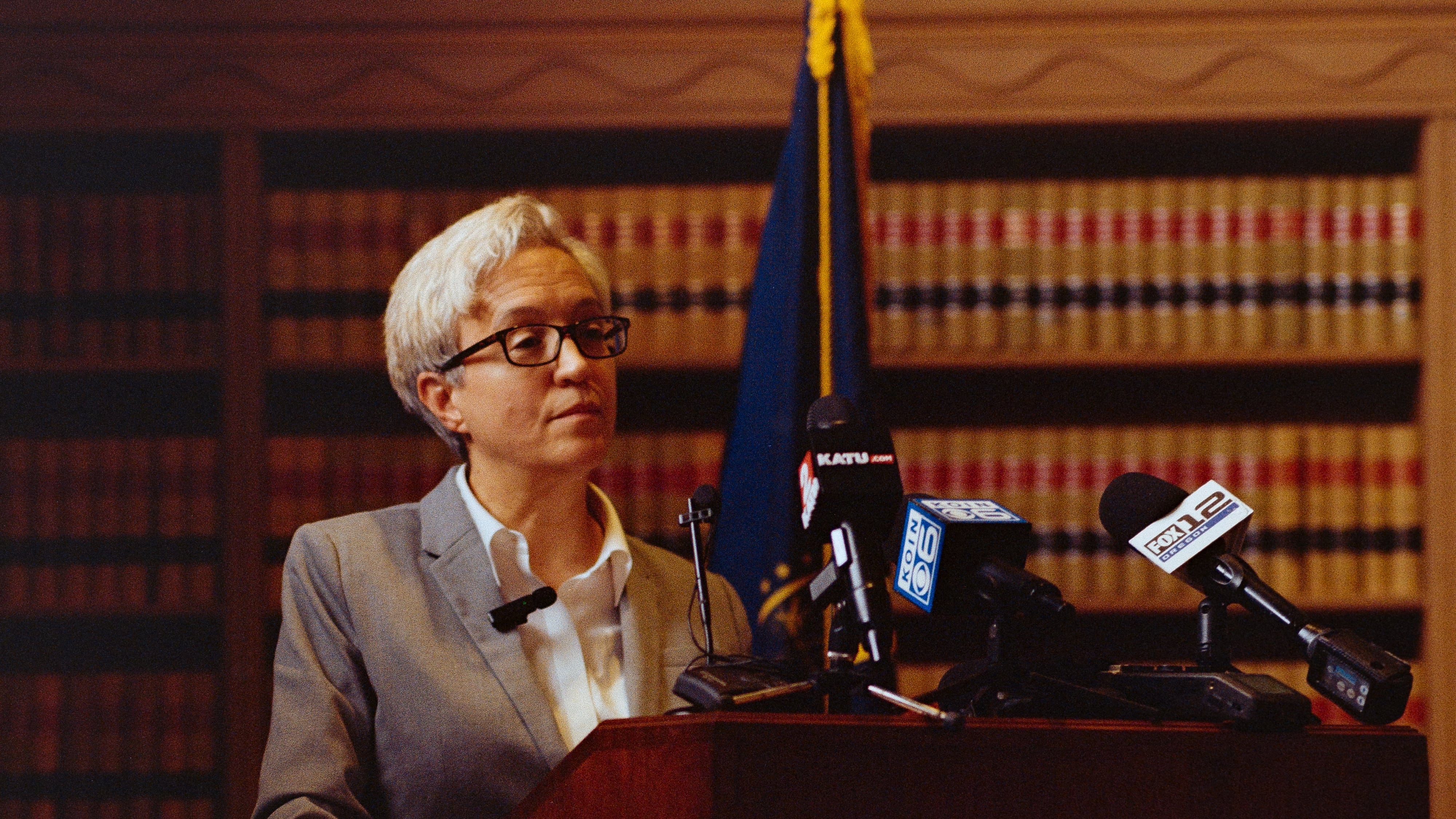One of the broadest powers Oregon governors enjoy is the appointment of judges. The state’s constitution calls for judges to be elected, but in practice most judges resign before their terms end, allowing the governor to appoint a successor. Once in office, incumbents almost never lose.
How common is the practice of appointing judges? In her eight years in office, Gov. Kate Brown appointed 112 of them, more than one per each month she served. The power of appointment is greater in Oregon than in most states, where a judicial nominating commissions help fill many seats.
The power of appointment allows the governor to shape Oregon courts at all three levels: circuit, appellate and supreme, in a way governors in many states only wish they could.
And normally, when the governor becomes aware of a pending vacancy, her general counsel alerts the Oregon State Bar, which in turn notifies members of a pending opening.
But that didn’t happen in the case of Judge Amy Baggio, who resigned her seat Aug. 23 to move up the federal bench in the U.S. District Court of Oregon. (She succeeded Judge Marco Hernandez, who is taking senior status.)
When Baggio left, however, Gov. Tina Kotek did not have a successor waiting and nobody in the legal community even seemed to know there was a vacancy.
Kotek’s spokeswoman says nobody screwed up. “There was no vacancy until Judge Baggio resigned effective Aug. 23,” Elisabeth Shepard says. “Judges may indicate their intent to leave a given seat at any time, however, the office does not act to replace them unless and until the position is officially vacant. Furthermore, the governor is not going to make an appointment prior to the November election to allow for the electoral process to take its course.”
That “election process” will be out of the ordinary, however. Because nobody knew there was a vacancy, no candidate filed to run or submitted a Voters’ Pamphlet statement before the Aug. 27 deadline to file for the November election passed.
The Secretary of State’s Office says it is also blameless. “When a judge resigns, they submit that resignation to the governor’s office, which then forwards that notice to our office so we can move forward with the necessary steps for an election,” says Laura Kerns, a spokeswoman for the Elections Division. “In this instance, that judge’s letter of resignation was not forwarded to us until late on Sept. 3, which is after the filing deadline of Aug. 27.”
But there was a bit of a scramble last week.
On Sept 4., Secretary of State LaVonne Griffin-Valade filed a temporary administrative rule that allowed candidates to file for Baggio’s seat, but candidates only had until noon the following day, Sept. 5, to submit their paperwork.
Five candidates—Jeff Auxier, a Multnomah County prosecutor, and Tom Dwyer, Jennifer Myrick, Rachel Philips and John Schlosser, all criminal defense lawyers—filed to run.
They will be on the ballot, but since the vacancy only materialized after the deadline for Voters’ Pamphlet statements and because judicial races are low-key affairs in the best of times, the electorate will know virtually nothing about them.

